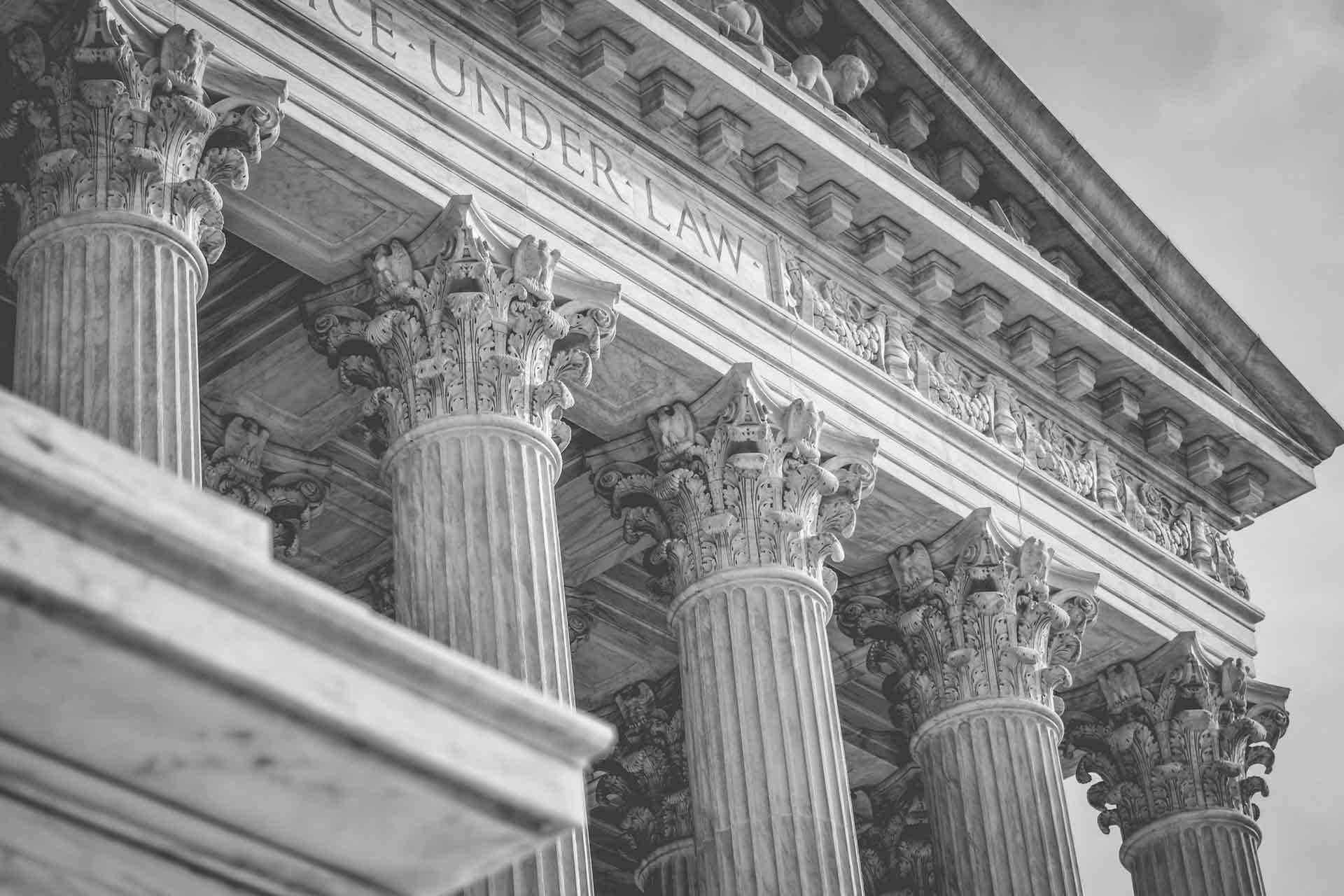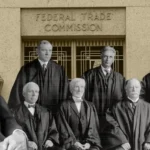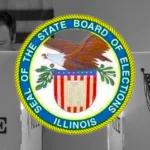
Several pivotal periods stand out in Supreme Court history. The “switch in time that saved nine” in 1937 marked the Court’s final buckling under to FDR’s expansive legislative agenda that dramatically changed the national economy. Brown v. Board of Ed. overturned longstanding precedent in 1954 and foreshadowed a new national approach to race. The 1960s ushered in a remaking of criminal procedure and the electoral system, and a new focus on individual rights like free speech and the right to privacy.
This term will likely be seen as a similar watershed moment. Dobbs v. Jackson Women’s Health is a repudiation of Roe v. Wade, the case that made abortion a national policy issue and a focal point for federal elections and judicial nominations for several decades. But several other cases this term are also significant. They show a new conservative majority, unconstrained by Chief Justice Roberts’s mild incrementalism, that is willing to overturn precedent and abandon old doctrines if they conflict with the Constitution. Kennedy v. Bremerton School Dist., the praying coach case, signals a more lenient approach to religious practice. West Virginia v. EPA is an important check on the administrative state. New York Rifle & Pistol Association v. Bruen expanded individual gun rights. And the Court ended the term by announcing it would hear Moore v. Harper, a case involving the “independent state legislature” theory, which would take power over the conduct of elections away from governors and state courts in favor of state legislatures. The announcement alone has shocked the left.
SUPPORT LANDMARK LEGAL FOUNDATION
We are truly facing existential threats to our individual rights and liberties, the Constitution, and our national character. If unchallenged, this assault on our very way of life will ruin our great nation. With your financial and moral support, Landmark is not going to let that happen without a fight. Will you join us?





